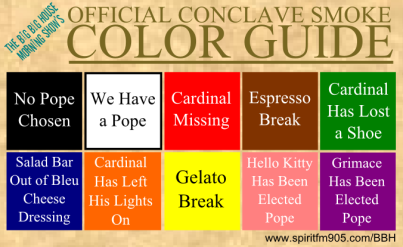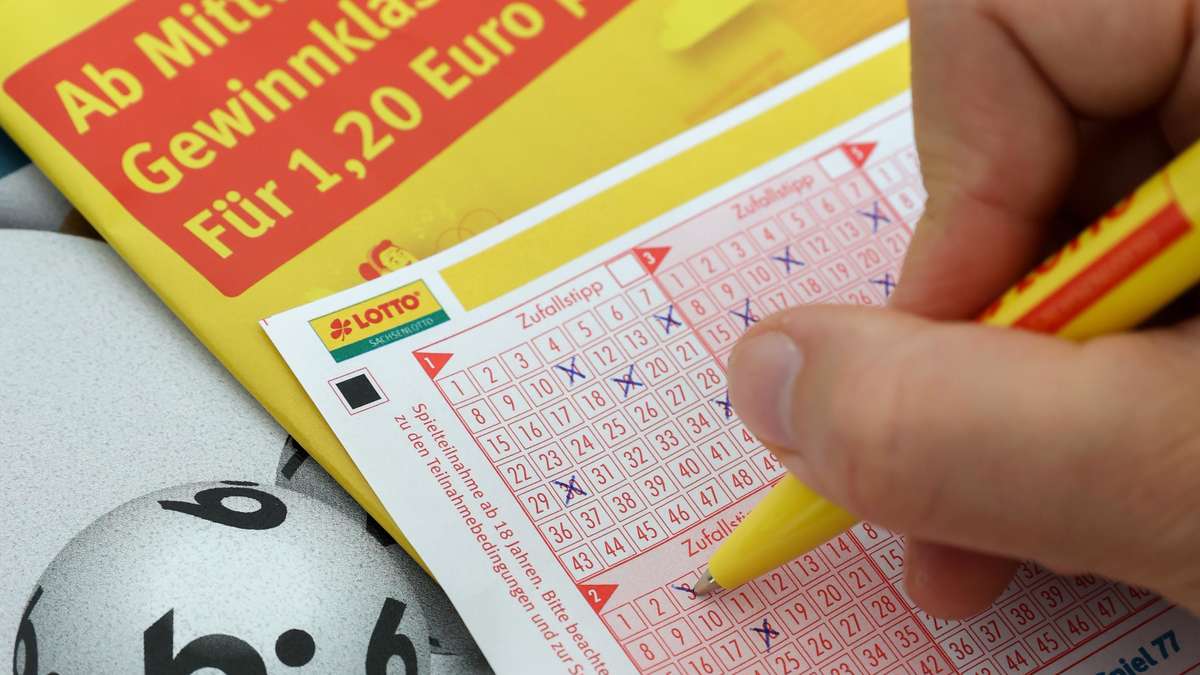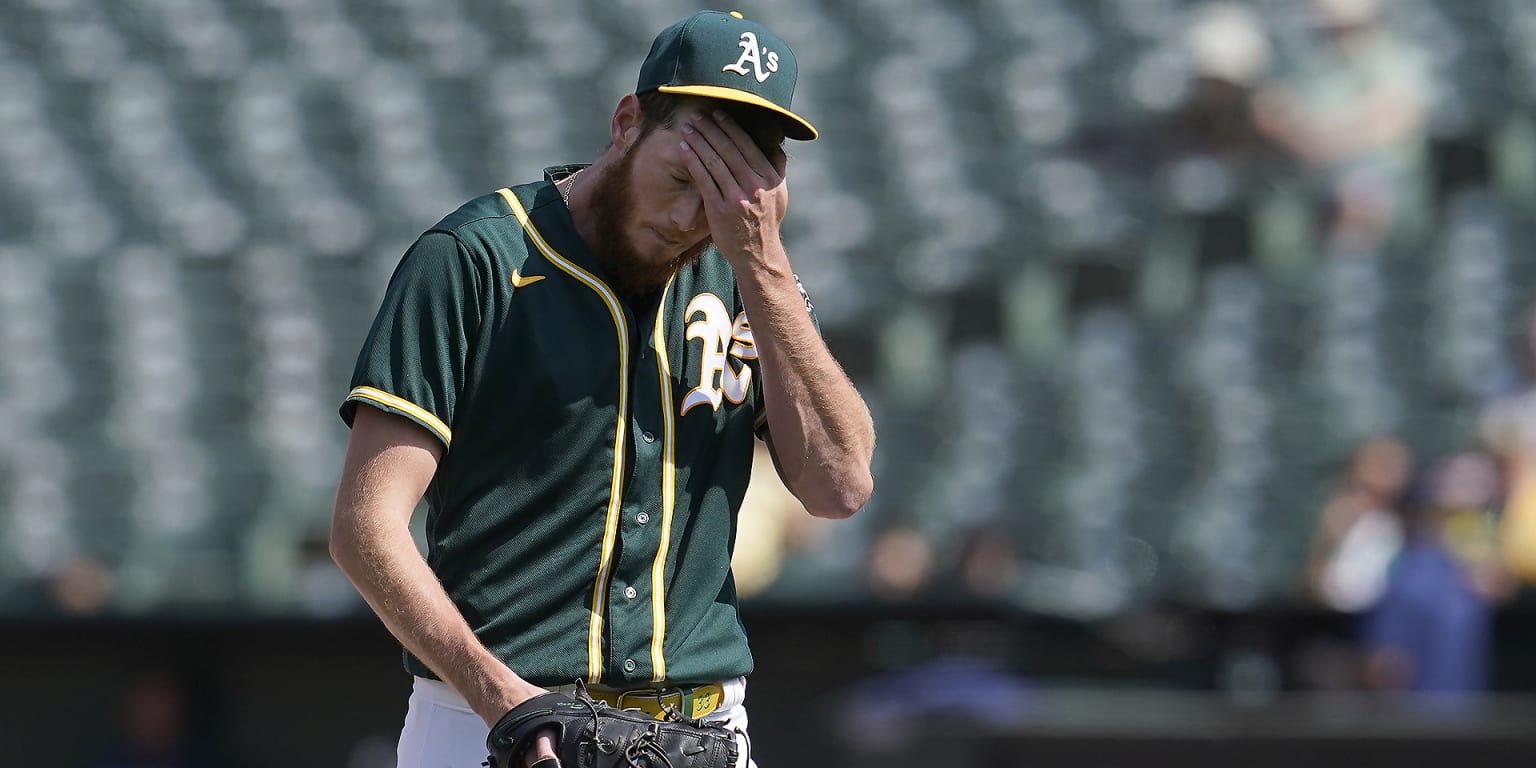The Papal Conclave: A Step-by-Step Guide To The Election Of The Pope

Table of Contents
H2: The Death or Resignation of a Pope and the Subsequent Vacancy
The Papal Conclave is triggered by the death or resignation of the reigning Pope, creating a sede vacante—a vacancy of the Holy See. This period initiates a series of carefully defined procedures. The Cardinal Camerlengo, a kind of interim administrator, assumes responsibility during this period. His crucial role involves overseeing the Vatican City State's affairs and preparing for the upcoming conclave.
- Confirmation of death/resignation: The death of a Pope is officially confirmed by the Cardinal Camerlengo, followed by a period of mourning and preparation. A resignation, a relatively modern development, requires a formal declaration from the Pope himself.
- Preparation for the Conclave: The Camerlengo, along with other high-ranking officials, oversees various preparations, including summoning the Cardinal electors and ensuring the secure environment needed for the Papal Conclave.
- Appointment of the Camerlengo's responsibilities: The Camerlengo's duties during the sede vacante are extensive, encompassing financial matters, security, and representing the Holy See in official capacities. This period demands careful management and adherence to established protocols.
H2: The Conclave: Gathering the Cardinal Electors
The Papal Conclave involves the participation of eligible Cardinal electors—those Cardinals under the age of 80. This age limit ensures a balance between experience and the vigor needed for the demanding papacy. The summoning of these Cardinals is a formal process, involving notifications and logistical arrangements for their travel to Vatican City.
- Eligibility criteria for Cardinal electors: Only Cardinals below 80 years of age are eligible to vote in a Papal Conclave. This rule ensures a balance of experience and vitality in the selection process.
- Travel arrangements and arrival of cardinals: The Vatican arranges for the safe and efficient travel of the Cardinals from around the world to Rome. Their arrival signifies the beginning of the pre-Conclave procedures.
- Securing the Sistine Chapel: The Sistine Chapel, the location of the Papal Conclave, undergoes rigorous security measures, ensuring complete privacy and preventing external influence on the election. Communication lines are also carefully managed.
H2: The Process of Papal Election within the Conclave
Once assembled, the Cardinal electors participate in a series of secret ballots. A two-thirds majority is required to elect a new Pope. This process continues until a Pope is chosen. The iconic "fumata bianca" (white smoke) signals a successful election, while "fumata nera" (black smoke) indicates the need for further voting rounds.
- Secret ballot voting system: The voting system is designed to ensure complete secrecy, shielding each Cardinal's choice from external pressures or undue influence.
- Scrutiny of votes: After each ballot, the votes are meticulously counted, and the result is announced through the smoke signals.
- Meaning of white and black smoke: White smoke signifies the election of a new Pope, while black smoke indicates that no candidate has yet achieved the required two-thirds majority.
- Process of multiple ballots: If no candidate receives the necessary votes, further ballots continue until a Pope is elected, a process that can sometimes last several days.
H2: The Election of the New Pope and the Papal Inauguration
The moment a new Pope is elected, the announcement of "Habemus Papam!" (We have a Pope!) reverberates throughout St. Peter's Square and the world. The newly elected Pope then makes his first public appearance to greet the faithful, a highly anticipated moment filled with excitement and reverence. A Papal Inauguration Mass follows, marking the official beginning of his papacy.
- Announcing the new Pope: The announcement is a public spectacle, signifying the culmination of the Papal Conclave and a moment of immense importance for the Catholic world.
- First Papal Blessing ("Urbi et Orbi"): The newly elected Pope delivers the "Urbi et Orbi" blessing, addressing the city of Rome and the world.
- Papal Inauguration Mass and Ceremony: A grand Mass and ceremony officially install the new Pope, celebrating the commencement of his pontificate.
Conclusion:
The Papal Conclave, a complex and significant process, involves several key steps: the period following a Pope's death or resignation, the gathering of Cardinal electors, the secret election process, and finally, the public announcement and inauguration of the new Pope. Each stage carries profound historical and religious weight. Understanding the intricacies of the Papal Conclave provides a deeper appreciation for the complexities and significance of this pivotal event in the Catholic Church. Share this comprehensive guide with fellow history buffs and anyone interested in learning more about the election of the Pope.

Featured Posts
-
 Resilience In Least Developed Countries Key Outcomes Of The Third Ldc Future Forum
May 07, 2025
Resilience In Least Developed Countries Key Outcomes Of The Third Ldc Future Forum
May 07, 2025 -
 Lotto 6aus49 Gewinnzahlen Mittwoch 09 04 2025 Ergebnis Der Ziehung
May 07, 2025
Lotto 6aus49 Gewinnzahlen Mittwoch 09 04 2025 Ergebnis Der Ziehung
May 07, 2025 -
 Papa Francesco I Cardinali Scelti Per Il Conclave Un Analisi Del Nuovo Collegio Cardinalizio
May 07, 2025
Papa Francesco I Cardinali Scelti Per Il Conclave Un Analisi Del Nuovo Collegio Cardinalizio
May 07, 2025 -
 Anthony Edwards And Barack Obama A Conversation On Leadership
May 07, 2025
Anthony Edwards And Barack Obama A Conversation On Leadership
May 07, 2025 -
 Athletics Defeat Mariners Thanks To Rooker And Muncys Homeruns
May 07, 2025
Athletics Defeat Mariners Thanks To Rooker And Muncys Homeruns
May 07, 2025
